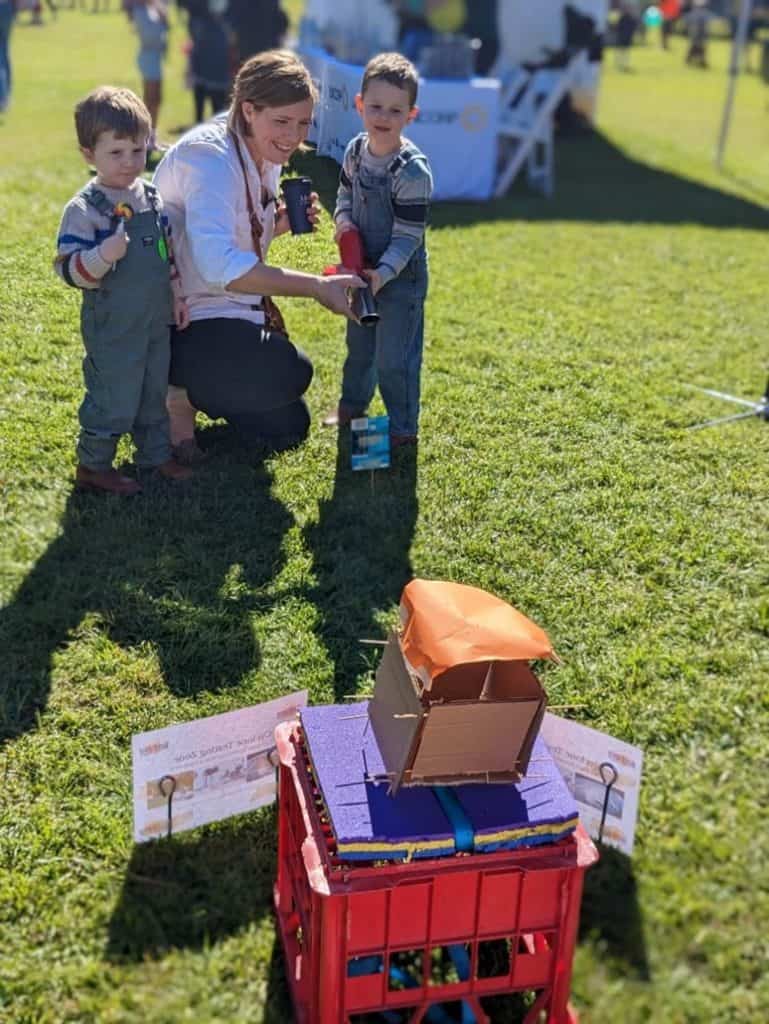By Matt Adams
Tropical cyclones have had a devasting history along our coastal communities, but
what exactly are they, how are they formed? Let’s take a closer look:
What is a cyclone?
A cyclone specifically refers to a severe, spiralling storm system that originates in the tropical waters of the Southern Hemisphere, either in the Pacific or Indian Oceans. In the north, these gusty giants go by the names of hurricanes or typhoons.
Categorisation and Wind Speed:
All three tropical storms share commonalities in their categorisation based on wind speed, measured in kilometres per hour. Interestingly, the duration over which these measurements are recorded varies geographically. In Australia, it is averaged over 10 minutes, following the recommendation by the World Meteorological Organization (WMO). In the northern Saffir-Simpson Hurricane Wind Scale system, it is only 1 minute. This difference poses challenges when comparing tropical storms between oceanic basins.
Formation of Cyclones:
The key ingredient for cyclone formation is surface water temperature, exceeding 26.5°C. Here’s the recipe for disaster:
Step 1: Evaporate warm tropical waters. The increasingly hot and humid air forms cumulonimbus clouds, which have a dense and towering vertical shape.
Step 2: Add even more energy from evaporation to the mix. The storm intensifies as it travels across the warm ocean for as long as possible.
Step 3: Mix in trade winds from the equator to whip everything up, and presto! An escalating threat for the coast!
By understanding how cyclones are formed, we can better prepare ourselves and create cyclone-resistant houses to safeguard our coastal communities.

Did you know?
- In Australia, the tropical cyclone season is between 1 November and 30 April, with the majority of cyclones occurring from January to March.
- The Coriolis effect, which causes planes or air currents traveling long distances around the Earth to appear to move in a curve rather than a straight line, creates the observed spinning pattern of cyclones: clockwise in the southern hemisphere and counterclockwise in the northern hemisphere.
- The Bureau of Meteorology (BOM) formalised the naming of cyclones in 1963, starting with the names Audrey and Bessie. It wasn’t until 1979 that they began using male names as well.
- Cyclone IIsa, which recently hit Pardoo, Western Australia in April 2023, is believed to have had the strongest recorded wind gusts by the BOM, reaching 289 kilometres per hour!
“Cyclone-Resistant House” Design Challenge
With the increasing occurrence of severe weather events in Australia, it is crucial to actively engage the community in strategies for disaster preparedness and resilience. At the Community Disaster Resilience Expo 2023, held in George Willmore Park, Ferny Hills, we seized the opportunity to do this through our “Cyclone-Resistant House” design challenge.
One approach to managing the risk of cyclone damage is through thoughtful household design.
At the Big Bang Education stall, children creatively tackled this problem by using reused materials in sustainable design. The real fun (and active experimentation) began when they tested the strength of their designs against damaging gusts of wind, provided by a household leaf blower!
During the testing phase, many houses took a battering, losing their roofs or more. However, a few fortified designs stood strong. Some determined future designers even customised their original designs to reinforce them against the winds.
Why not make your own?
We all know that children themselves can often be like cyclones, causing chaos around the house. We suggest channelling that energy into the creation of their own cyclone-resistant house, where they can unleash all that Level 5 chaos! They can learn about the properties of materials and design thinking in the process!

HOW TO:
We prepared two house designs on the day, varying in the level of difficulty of building materials:
- Simple (recommended for 5-10-year-olds)
- 1 x square cardboard base
- 10 x popsicle sticks
- 4 x sheets of paper (~13cm x 13cm, for walls)
- 1 x sheet of coloured paper (for the roof)
- Blu Tack (as needed, for joining)
- Masking Tape (as needed)
Directions:
- Use Blu Tack and popsicle sticks to construct a stable underlying frame for the house.
- Attach walls and roof to the frame, reinforcing with tape.
- Time for testing!
- Advanced (recommended for 11+)
- 6 or more cardboard pieces (~15cm x 15cm, for walls, roof, etc.)
- Approximately 6 short wooden skewers (for joining)
- 1 x foam base (slightly larger than the cardboard pieces to mount the design on)
- Masking tape (as needed, for joining)
Directions:
- Use skewers to construct a stable underlying frame for the house. We recommend using thicker cardboard where skewers can be inserted internally between the inner lattice to prop up the cardboard walls.
- Attach walls and roof to the frame, reinforcing with tape.
- Time for testing!

How to Test the Strength of Your House:
See how long your house can last against cyclone-strength winds!
- Fixing the House to the Testing Platform:
- Prepare a testing platform by using a foam base larger than the size of the house.
- Strap the foam base onto a milk crate using adjustable nylon straps to secure it.
- Generating Cyclonic Winds:
- To simulate cyclonic winds, use a leaf blower. Alternatively, you can use hairdryers or manually create winds by fanning with an object.
- Direct the airflow from the leaf blower or hairdryers towards the house, mimicking strong winds.
- Securing the Houses:
- For advanced-style houses, directly mount them on the foam testing platform by embedding the pointed end of the wooden skewers into the foam.
- For simple-designed houses, hold them down with the help of some skewers inserted into the base or other secure points.
- Measuring Resiliency:
- Start the test and observe how long the house stays together under the cyclonic winds.
- Keep track of the duration by counting up from 0.
- Record which parts of the house blow off and at what times during the test.
- Redesign and Strengthen:
- Based on the results of the initial test, analyse the weak points or areas where the house was damaged.
- Redesign those parts, considering a new approach or additional reinforcement to make them stronger and more resilient.
- Retesting:
- After making modifications to strengthen the house, conduct another test using the same method.
- Evaluate whether the redesigned house performs better and lasts longer under the cyclonic winds.
By repeating the process of testing, analysing, redesigning, and retesting, you can continuously improve the cyclone resistance of your house design. Have fun and enjoy the learning experience!
We would love to see your designs and the results of your testing. Share with us, tag us on Instagram or Facebook @bigbangeducation.
Big Thanks to Picabeen Community Association for their support and for including us at this years festival. Check out their local advocacy work and community projects for social wellbeing here – https://picabeen.org.au/



